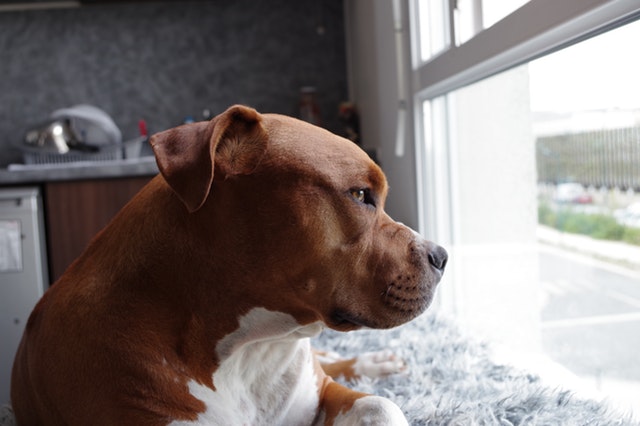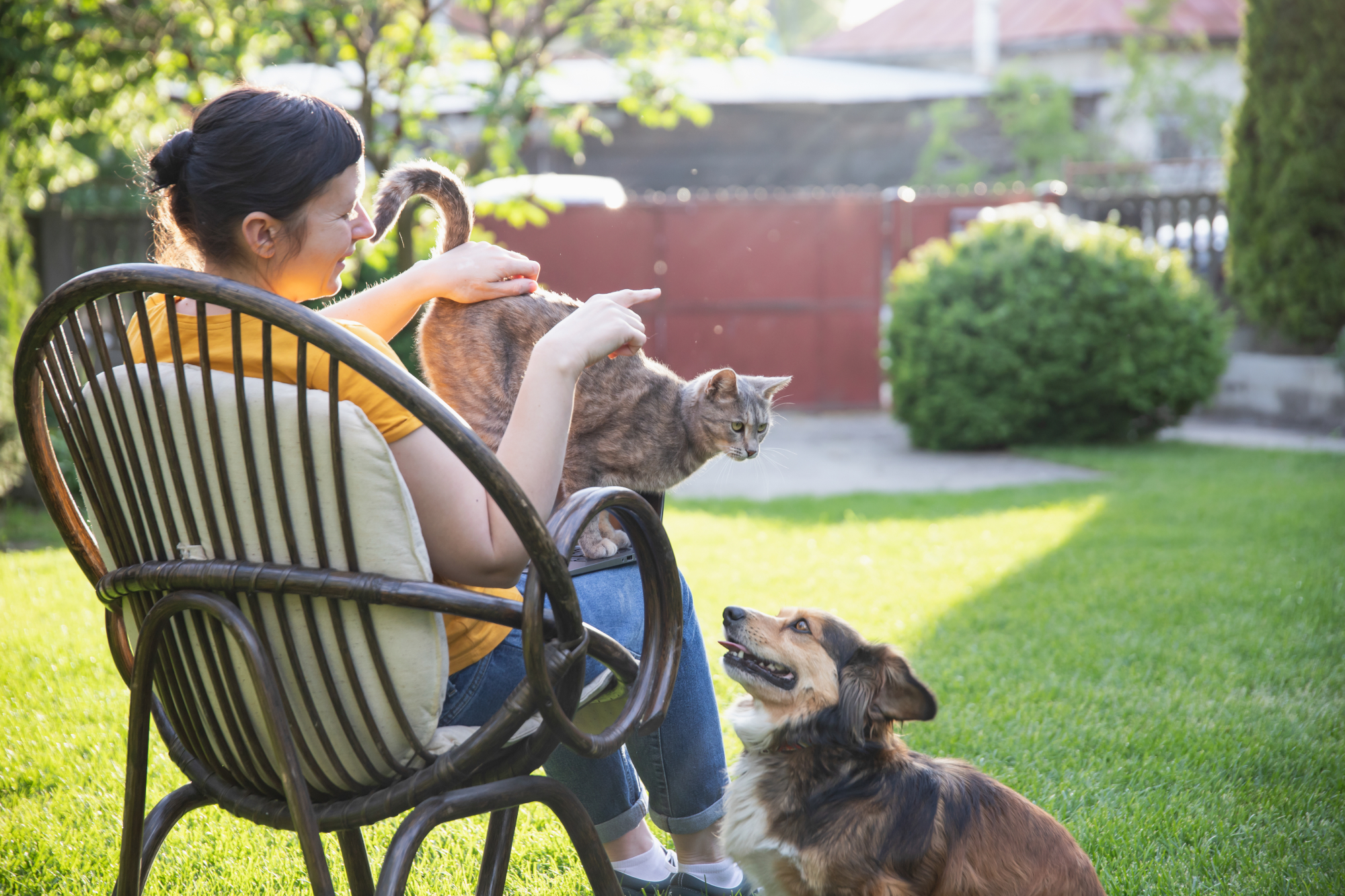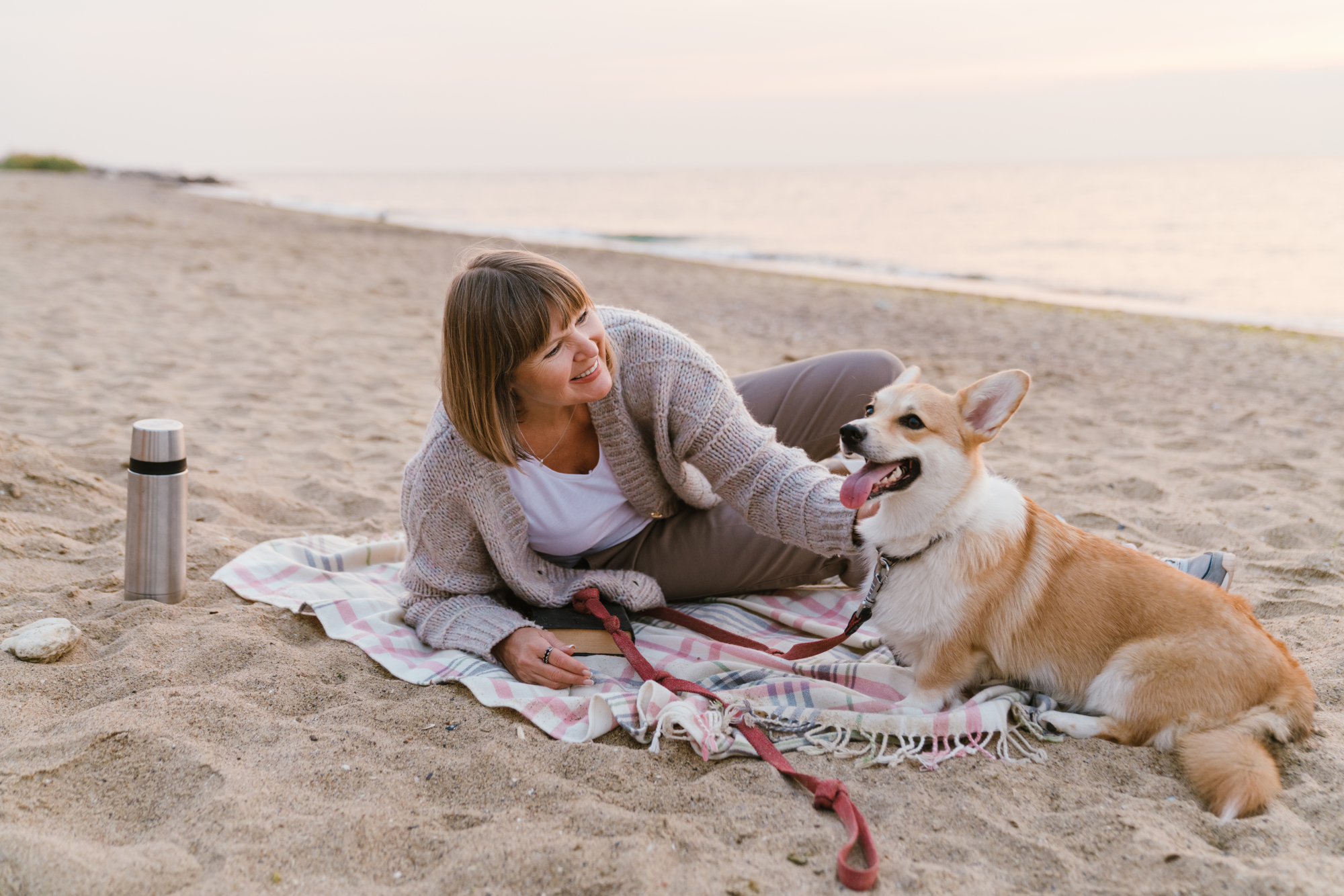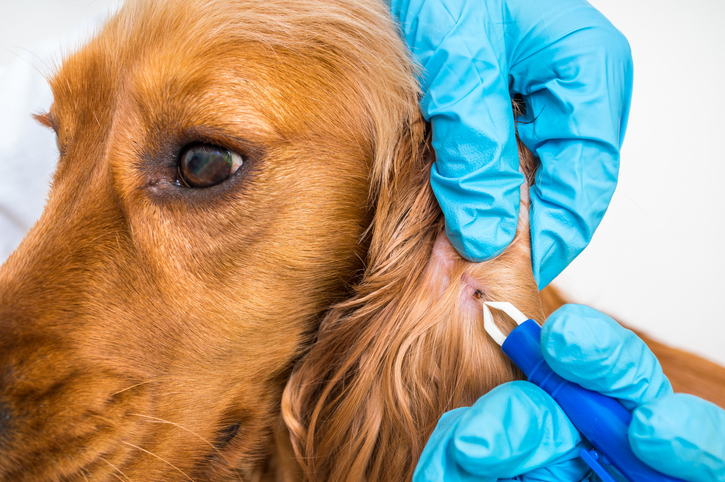Does your dog usually cry and bark a lot when they’re home alone? Do you ever discover a mess when you come home after a long day of work—and no one was home except your dog? These are a few classic symptoms of what’s known as separation anxiety.
Separation anxiety in dogs is not a problem that can be taken lightly as the symptoms are so distressing to their owners, they can’t be ignored. It’s very upsetting to see your precious pet so unhappy! If you notice any separation anxiety symptoms, you must begin to treat the cause right away as this is not a problem that goes away on its own, and will become harder to deal with as time passes if left untreated.
It’s not surprising to most people that babies and children are afraid of the prospect of being left alone and they tend to show their fear when their parents prepare to leave the house or if they think their parents have already left, even though a familiar person is present to care for them. However, some people are often surprised that animals display this same unhappy reaction. It is important to understand that your pet is not being a “bad dog” when they misbehave in these situations; what they’re actually doing is acting out of fear of separation. Recognizing the problem is the first step in successfully treating it.
How to Recognize the Symptoms of Separation Anxiety in Dogs
Many of the symptoms of separation anxiety are destructive and disturbing. If any of the following behaviours occur routinely when you prepare to leave your dog (say when you’re going to work) or are absent from home, you must seriously consider the possibility that your dog has separation anxiety:
1. Pacing, drooling, panting, and trembling. When your dog sees signs that you are preparing to leave the house by, say, taking your coat from the closet, packing up your briefcase, or putting on boots or a scarf, your pet may start pacing, drooling, panting, and trembling. What comes next is running back and forth between you and the door, standing in your way in front of the door and whining as you try to open it, and then barking as you exit.
2. Pacing when alone. Dogs often pace in circles or along the same pathway through the house over and over when they’re stressed and anxious. You may be able to witness this activity for yourself if your dog wakes from sleep, looks for you in vain, and doesn’t realize you are still at home.
3. Whining, barking, and howling. These are disturbing symptoms that are most disruptive in a neighbourhood or apartment building, and are most likely to trigger a lot of complaints from people who are hearing your dog express their unhappiness in this way. Some dogs can whine, bark, and howl all day or all night, resulting in a great deal of irritated and displeased neighbours!
4. Attempting to escape. Because they feel abandoned, dogs may often go to extreme lengths to escape their home or the backyard to search for their parents. They may spend hours chewing on windowsills and doorframes and may even chew on the furniture. If they are left tied up outside, they may dig up great swaths of lawn and chew on shrubs or any wooden furniture they can reach. Not only is this behaviour very destructive, but also your dog may receive scrapes and cuts and even break their teeth during these escape attempts, all resulting in a very stressful vet visit for everyone involved!
5. Urinating and Defecating. If nothing else gets your attention and punishes you for leaving your dog alone, urinating and defecating will certainly do it. If you come home to a mess that has to be cleaned up right away, you will realize you have to deal with the issue and can’t ignore it any longer. Scolding a dog and rubbing doggy’s face in the excrement won’t help. Your pet won’t care about the scolding or the smells—he or she will be happy you are home and paying attention at last, and will repeat this behavior because you’ve noticed.
6. Coprophagia. This is the word that describes the act of an animal eating its own feces. It is another symptom of separation anxiety and an example of how a dog expresses distress being left alone.
How to Relieve Your Dog’s Separation Anxiety
The varying causes of separation anxiety in dogs can stem from a change in parents or a beloved member of the household leaving home, neglect, premature adoption, heredity, lack of good training, a move to a new home, long separations because of work or vacations, or simply a big change in the usual environment.
If your dog is showing any of the signs of separation anxiety, it is time to begin counter-conditioning before the problem gets worse. You can try these various methods to make your dog understand that being alone is not scary and it is not acceptable to be disobedient:
1. Conceal signs that you are leaving. Put on your coat, but don’t leave for 10 or 15 minutes. Leave by a different door than usual. Give your dog a treat or a toy to distract attention from your departure.
2. Exercise your dog before leaving. If you don’t have time to take pooch outside for a run before you leave, play some indoor games like hide and seek, or toss kibbles or some other treats in the air for your dog to jump and catch so that he or she is a bit tired and more interested in resting and eating than pursuing you.
3. Leave a treat and TV or music playing. Treats can help your dog associate your being absent with something nice. Music or background sounds or a TV left on, and some of your dirty laundry nearby, can also bring comfort.
4. Don’t leave your dog alone too long. If you are going to be away frequently for several hours a day, consider hiring a dog walker or a dog sitter for part of each day.
5. Gradually introduce a dog sitter for long absences. If you are going away on vacation or going to work full time, find a dog sitter or a doggy daycare to mind your dog for an hour or two a day. Gradually increase the amount of time before actually leaving for several hours a day or for several days. There are also dog hotel services you can use, or you might be able to take your dog to work or with you on vacation (see our post about pets at work before you do so however! You can also check out our traveling tips for those who want to take your dog on vacation).
6. When you come back, play it cool. Don’t greet your dog or say farewell with a lot of emotion. Be calm when you come and go.
7. Train your dog to be alone. Have your dog stay in one part of the house while you go to another for 10 seconds. Gradually increase the time to 30 minutes or so. Also, make sure you have a dog bed so that your pooch is used to sleeping without you and is not constantly by your side.
8. If all else fails, try medication. Ask your dog veterinarian about using calming medicine if your dog is still showing symptoms of severe separation anxiety, even after you have tried everything else.
Dog parents must watch for these signs of separation anxiety in their dogs. That way if there are any distressing symptoms and destructive behaviors that follow, the problem can be addressed and treated as soon as possible before it becomes chronic. Your veterinarian may suggest working with a trainer to assist in managing your dog’s anxiety. It is sometimes beneficial for your veterinarian and your trainer to work together.
Creative Commons Attribution: Permission is granted to repost this article in its entirety with credit to Hastings Veterinary Hospital and a clickable link back to this page.






